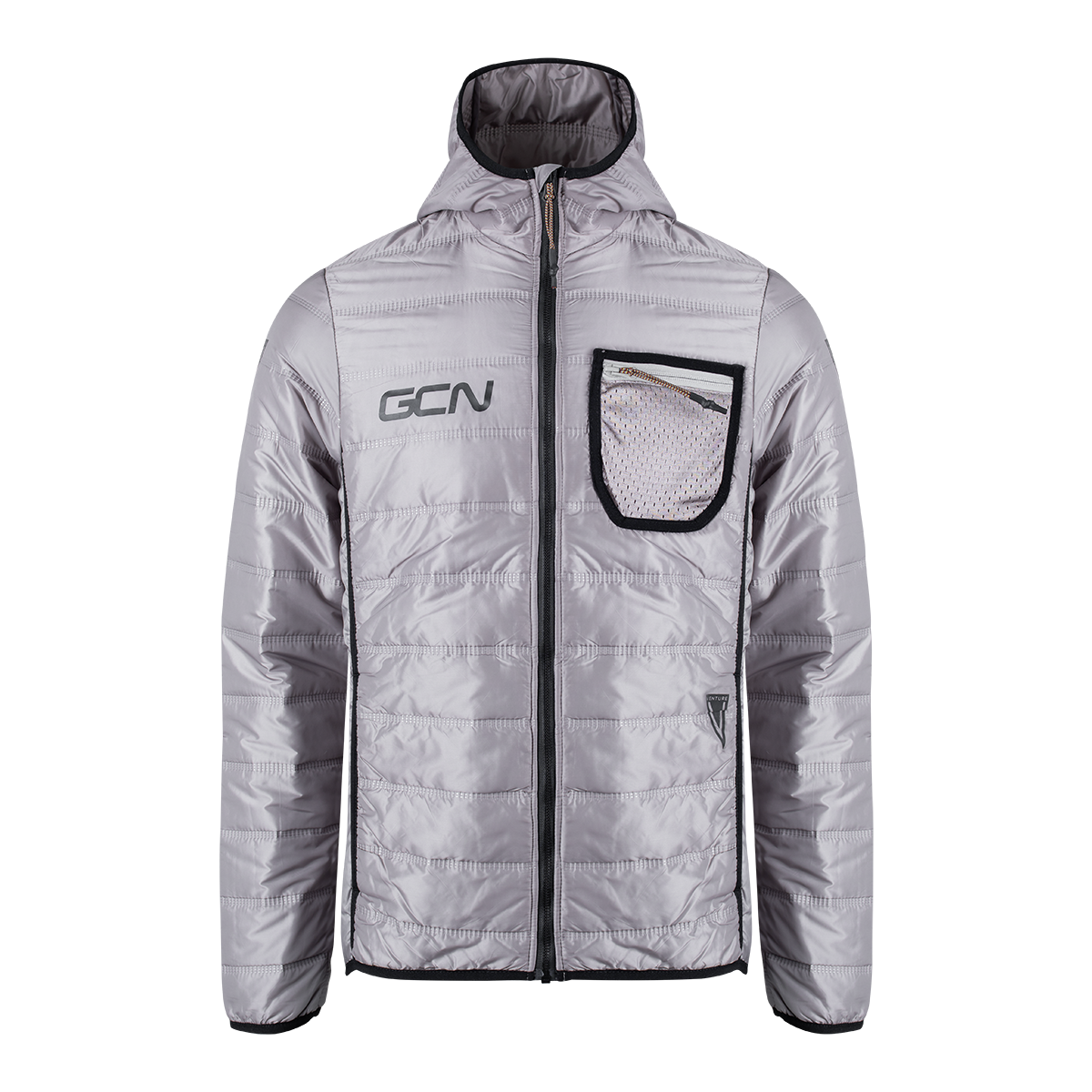What is Q factor and how important is it to your bike fit?
It’s often overlooked but Q Factor can have a large impact on your comfort and performance on the bike. Here’s how to find the correct Q Factor with some expert tips from former Team Sky physio Phil Burt
Tom Hallam-Gravells
Online Production Editor
Bike fit is critical for injury prevention and comfort, not to mention general enjoyment on the bike. The only problem is that there are so many different factors that go into bike fit that it can be an overwhelming world to navigate.
This confusion often leads to key factors being overlooked, arguably none more so than Q Factor. A term that most cyclists are only slightly familiar with, or often aren’t aware of at all, Q Factor can have a big influence on the fit of your bike.
So, what is Q Factor and why is it so important? We decided to recruit some expert help to dissect the topic, and there was no one better for the job than Phil Burt, an experienced physiotherapist and bike fitter with years of experience working for British Cycling and Team Sky.
- Read more: How to find the perfect bike fit
What is Q Factor?
Ask 100 hundred cyclists what Q Factor is and the majority will draw a blank. That’s understandable as it's an overlooked area of bike fitting, but that doesn’t mean that it’s insignificant.
Q Factor is the lateral distance from the outside of one crank to the other. Typically this is somewhere between 150mm to 170mm, depending on the groupset you’re using. Stance width is another term often associated with Q Factor, although this is the distance between your feet when they’re locked into the pedals.
The Q Factor of your bike will impact this stance width, but there are other factors affecting this too, like pedal spindle length, cleat position or the use of spacers. When combined together, these factors have a big influence on your position on the bike.
- Read more: Road or MTB pedals: which should you choose?
Why does Q Factor matter?
Q Factor has remained a largely unknown topic for many years now, partly because there’s been so little scientific research into it.
A study in the Scandinavian Journal of Medicine and Science in Sport, one of the rare ones conducted on the topic, found that Q Factor has an impact on mechanical efficiency. A smaller stance width resulted in higher efficiency according to its findings, although this was conducted over a steady-state effort and didn’t account for other intensities, while it also overlooks the key factor of comfort. It also found that Q Factor didn't alter muscle activation.
There is also evidence to suggest that a narrower stance is more aerodynamically efficient, which makes sense as it produces a narrower riding profile to cut through the wind. But again, cycling isn’t all about performance.
That mantra has been put into action in the past by top professional riders, including Mark Cavendish and Bradley Wiggins, who both used wider stances during their careers - the extra drag clearly didn’t impact them.
And, like with any other part of a bike, there’s a rider’s individual physical characteristics to consider and the significant matter of comfort, something that is much more subjective and harder to define through scientific studies.
All of these considerations only confuse the subject further, so we recruited Phil Burt to learn more about how to find the right Q Factor and all of the other factors to consider. Watch Conor Dunne’s full interview with Burt at the top of this page.
For more tech news, features and pro bikes, check out the Tech section on the GCN website.










.jpg?w=600&auto=format)



.jpg?w=600&auto=format)